Home>Kitchen & Cooking>Kitchen Gadgets & Utensils>When Was Trash Bags Invented


Kitchen Gadgets & Utensils
When Was Trash Bags Invented
Published: February 14, 2024
Discover the history of trash bags and their impact on kitchen gadgets and utensils. Learn about the invention and evolution of this essential household item.
(Many of the links in this article redirect to a specific reviewed product. Your purchase of these products through affiliate links helps to generate commission for Storables.com, at no extra cost. Learn more)
Introduction
Trash bags are an indispensable part of our daily lives, often taken for granted despite their significant impact on maintaining cleanliness and organization in our homes, workplaces, and communities. These simple yet essential items have a fascinating history, from the early methods of waste disposal to the innovative invention of modern trash bags. Understanding the evolution of trash bags not only sheds light on their practical utility but also unveils the environmental implications associated with their usage. In this article, we will delve into the intriguing journey of trash bags, from their humble beginnings to their current role in waste management and environmental sustainability. Join us as we explore the origins, innovations, and impact of this seemingly mundane yet crucial household item.
Key Takeaways:
- Trash bags were invented in the mid-20th century by Harry Wasylyk and Larry Hansen, revolutionizing waste management and offering a convenient way to contain and dispose of household refuse.
- The environmental impact of traditional plastic trash bags has led to the development of eco-friendly alternatives, such as biodegradable and compostable options, to reduce plastic pollution and promote sustainable waste management practices.
Read more: When Was The Trash Can Invented
Early History of Trash Disposal
In ancient civilizations, waste disposal was a rudimentary yet essential practice. Early humans primarily relied on natural decomposition and the scattering of waste in open areas. The concept of organized waste management emerged as societies evolved, leading to the development of more structured methods for handling and disposing of trash.
One of the earliest documented waste disposal systems dates back to around 500 BC in Athens, where a primitive form of municipal waste collection was established. Residents would dispose of their waste in designated areas, which were periodically cleared by municipal workers. This rudimentary system laid the groundwork for more sophisticated waste management practices that would emerge in the centuries to come.
During the Middle Ages, waste disposal presented significant challenges in densely populated urban areas. With limited understanding of sanitation and hygiene, communities often contended with unsanitary conditions and the spread of diseases due to inadequate waste management. The disposal of household waste, animal carcasses, and other refuse posed a considerable threat to public health and environmental cleanliness.
As urbanization continued to expand, the need for more efficient waste disposal methods became increasingly apparent. The Industrial Revolution brought about significant advancements in waste management, with the introduction of rudimentary landfills and incineration facilities. However, these early methods were often haphazard and lacked the environmental considerations that are integral to modern waste management practices.
The early history of trash disposal reflects the gradual evolution of human understanding and practices related to waste management. From the rudimentary waste disposal systems of ancient civilizations to the challenges posed by urbanization and industrialization, the early history of trash disposal laid the foundation for the development of more sophisticated and sustainable waste management solutions that continue to evolve to this day.
The Invention of Trash Bags
The invention of trash bags marked a significant milestone in the realm of waste management and household convenience. The concept of containing and disposing of refuse in a convenient, portable manner revolutionized the way people handled their everyday waste. The origins of the modern trash bag can be traced back to the mid-20th century, a time of burgeoning innovation and technological advancement.
In 1950, a Canadian inventor named Harry Wasylyk, along with his partner Larry Hansen, developed the world's first plastic garbage bag. This pioneering creation was a game-changer in waste management, offering a practical solution for containing and transporting household refuse. The initial design consisted of a simple, disposable plastic bag, providing a convenient alternative to traditional metal or paper containers.
The early trash bags were rudimentary compared to the advanced, multi-purpose variants available today. They were typically made from low-density polyethylene, a lightweight and flexible material that facilitated easy handling and disposal. The introduction of these plastic garbage bags revolutionized waste management practices, offering a more hygienic and efficient means of containing and disposing of household waste.
As the demand for convenient waste disposal solutions grew, the design and functionality of trash bags continued to evolve. Manufacturers began producing trash bags in various sizes, thicknesses, and colors to cater to diverse consumer needs. The incorporation of drawstrings, odor-neutralizing properties, and puncture-resistant materials further enhanced the utility and convenience of modern trash bags.
The invention of trash bags not only transformed household waste management but also contributed to broader environmental and sanitation initiatives. The widespread adoption of plastic garbage bags facilitated more efficient waste collection and disposal processes, reducing the risk of contamination and promoting cleaner, more organized living spaces.
In essence, the invention of trash bags revolutionized the way people interacted with their waste, offering a practical and hygienic solution for containing and disposing of refuse. This pivotal invention continues to play a crucial role in modern waste management practices, reflecting the enduring impact of innovative solutions on everyday convenience and environmental sustainability.
The first trash bags were invented in the 1950s by a Canadian inventor named Harry Wasylyk. He created them to help make it easier for people to dispose of their garbage.
Evolution of Trash Bags
The evolution of trash bags has been a testament to human ingenuity and the pursuit of practical solutions for waste management. From the rudimentary beginnings of the first plastic garbage bags to the diverse array of specialized variants available today, the evolution of trash bags reflects a continuous quest for enhanced functionality, convenience, and environmental sustainability.
The early plastic garbage bags, introduced in the mid-20th century, represented a fundamental shift in waste management practices. These simple yet innovative bags provided a portable and hygienic means of containing household refuse, replacing traditional metal or paper containers. As demand for these convenient waste disposal solutions grew, manufacturers began refining the design and materials used in trash bags, leading to the development of more durable, puncture-resistant, and odor-neutralizing variants.
The evolution of trash bags also saw the introduction of specialized features to cater to diverse consumer needs. Drawstring closures, varying thicknesses, and color-coded options became standard offerings, allowing users to select trash bags tailored to their specific requirements. Additionally, the incorporation of environmentally friendly materials and biodegradable options reflected a growing emphasis on sustainability and eco-conscious waste management practices.
In recent years, the evolution of trash bags has extended to include innovative advancements such as compostable and scented varieties, further enhancing the utility and appeal of these essential household items. Compostable trash bags offer a sustainable alternative for organic waste disposal, aligning with the growing emphasis on reducing environmental impact and promoting eco-friendly waste management solutions. Scented trash bags, infused with pleasant fragrances, contribute to a more pleasant waste disposal experience while effectively containing odors.
The evolution of trash bags continues to be driven by a commitment to practicality, sustainability, and user convenience. As technology and materials science advance, the potential for further innovation in trash bag design and functionality remains promising. The ongoing pursuit of eco-friendly materials, enhanced durability, and specialized features underscores the enduring relevance of trash bags in modern waste management practices.
The evolution of trash bags stands as a testament to the enduring quest for practical, efficient, and environmentally conscious waste management solutions. From their humble origins to their current diverse offerings, trash bags have evolved to meet the evolving needs of households, businesses, and communities, reflecting the ongoing commitment to enhancing waste management practices for a cleaner, more sustainable future.
Environmental Impact of Trash Bags
The widespread use of trash bags has undeniably streamlined waste management practices, offering convenience and hygiene in containing and disposing of household refuse. However, the environmental impact of trash bags has garnered increasing attention in the context of sustainability and ecological responsibility.
One of the primary environmental concerns associated with traditional plastic trash bags lies in their contribution to plastic pollution. When improperly disposed of, plastic bags can end up in landfills, waterways, and natural habitats, posing a threat to wildlife and ecosystems. The non-biodegradable nature of conventional plastic bags means that they persist in the environment for extended periods, contributing to the global issue of plastic waste accumulation.
In response to these environmental challenges, the development of eco-friendly alternatives has emerged as a pivotal focus within the trash bag industry. Biodegradable and compostable trash bags offer a sustainable solution, as they are designed to break down naturally over time, reducing the long-term environmental impact associated with traditional plastic bags. These eco-conscious alternatives align with the growing emphasis on reducing plastic waste and promoting environmentally responsible waste management practices.
Furthermore, the manufacturing and disposal of traditional plastic trash bags have implications for energy consumption and greenhouse gas emissions. The production of plastic bags involves the consumption of fossil fuels and the release of carbon emissions, contributing to the overall carbon footprint associated with plastic waste. Additionally, the improper incineration of plastic bags can release harmful pollutants into the atmosphere, further exacerbating environmental concerns.
In light of these environmental considerations, the adoption of sustainable waste management practices, including the responsible use and disposal of trash bags, is paramount. Consumers and businesses are increasingly seeking out eco-friendly alternatives, such as recycled and biodegradable trash bags, to minimize their environmental impact and contribute to a more sustainable waste management ecosystem.
The environmental impact of trash bags underscores the importance of embracing innovative solutions that prioritize ecological sustainability. By promoting the adoption of eco-friendly materials, responsible disposal practices, and heightened awareness of environmental implications, the waste management industry can contribute to mitigating the environmental footprint associated with trash bags, paving the way for a cleaner, more sustainable future.
Read more: How To Put A Trash Bag In The Trash Can
Conclusion
The journey of trash bags from their inception to their current diverse offerings is a testament to human innovation and the enduring quest for practical, efficient, and environmentally conscious waste management solutions. The early history of waste disposal, marked by rudimentary methods and evolving sanitation practices, laid the groundwork for the revolutionary invention of modern trash bags. The pioneering work of Harry Wasylyk and Larry Hansen in creating the world's first plastic garbage bag heralded a new era in waste management, offering a convenient and hygienic solution for containing and disposing of household refuse.
The evolution of trash bags has seen remarkable advancements, from the introduction of specialized features such as drawstring closures and odor-neutralizing properties to the development of eco-friendly and compostable alternatives. These innovations reflect a commitment to meeting the diverse needs of consumers while addressing environmental concerns associated with traditional plastic bags. The environmental impact of trash bags has prompted a shift towards sustainable alternatives, driving the industry's focus on reducing plastic pollution and minimizing the carbon footprint associated with waste management practices.
As we navigate the complexities of waste management and environmental sustainability, the role of trash bags in promoting cleanliness, organization, and responsible waste disposal cannot be overstated. The ongoing pursuit of eco-friendly materials, enhanced durability, and specialized features underscores the enduring relevance of trash bags in modern waste management practices. By embracing innovative solutions and promoting heightened awareness of environmental implications, the waste management industry can contribute to mitigating the environmental footprint associated with trash bags, paving the way for a cleaner, more sustainable future.
In conclusion, the evolution of trash bags stands as a testament to the enduring commitment to practicality, efficiency, and ecological responsibility. From their humble origins to their current diverse offerings, trash bags continue to play a crucial role in maintaining cleanliness and promoting sustainable waste management practices. As we look towards the future, the ongoing innovation and adoption of eco-friendly alternatives will further enhance the environmental sustainability of trash bags, contributing to a cleaner, healthier planet for generations to come.
Frequently Asked Questions about When Was Trash Bags Invented
Was this page helpful?
At Storables.com, we guarantee accurate and reliable information. Our content, validated by Expert Board Contributors, is crafted following stringent Editorial Policies. We're committed to providing you with well-researched, expert-backed insights for all your informational needs.


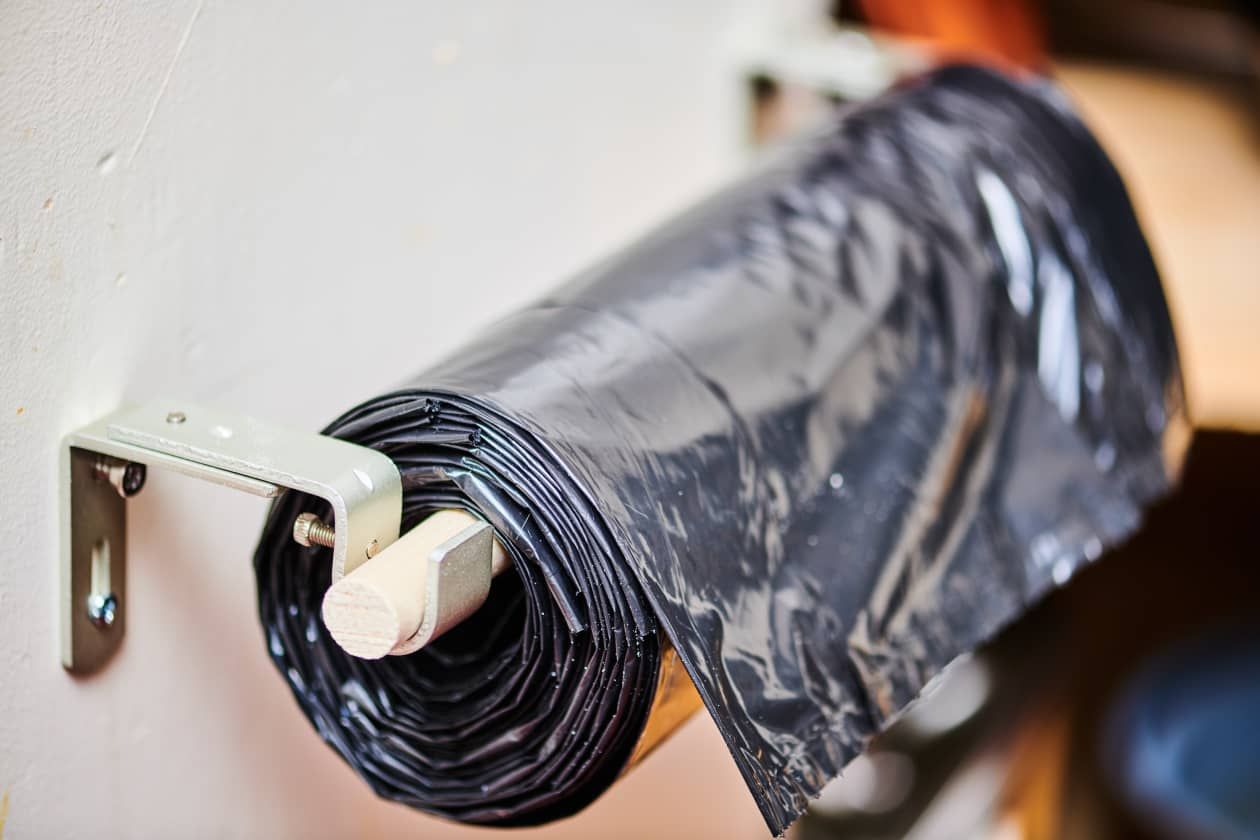
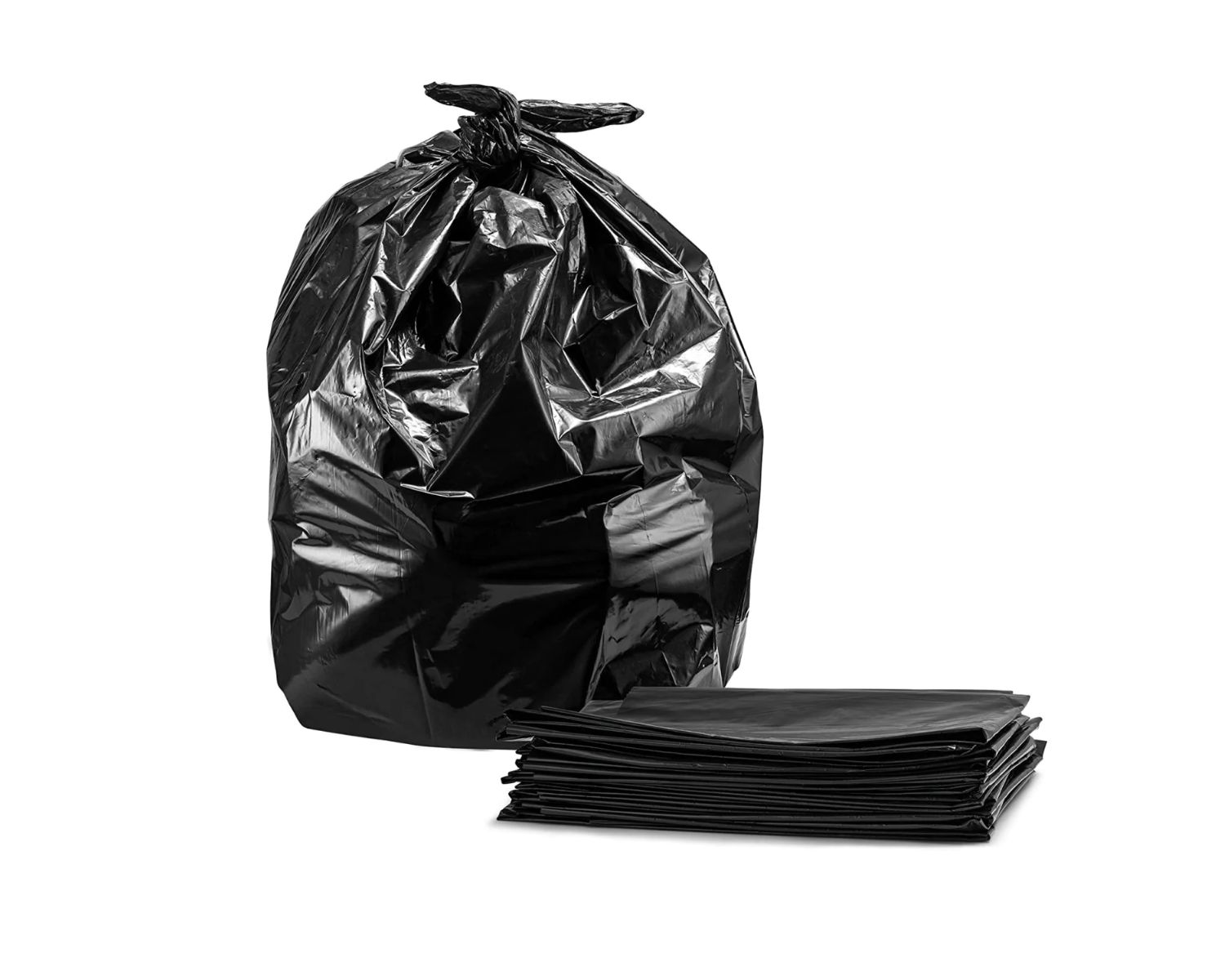
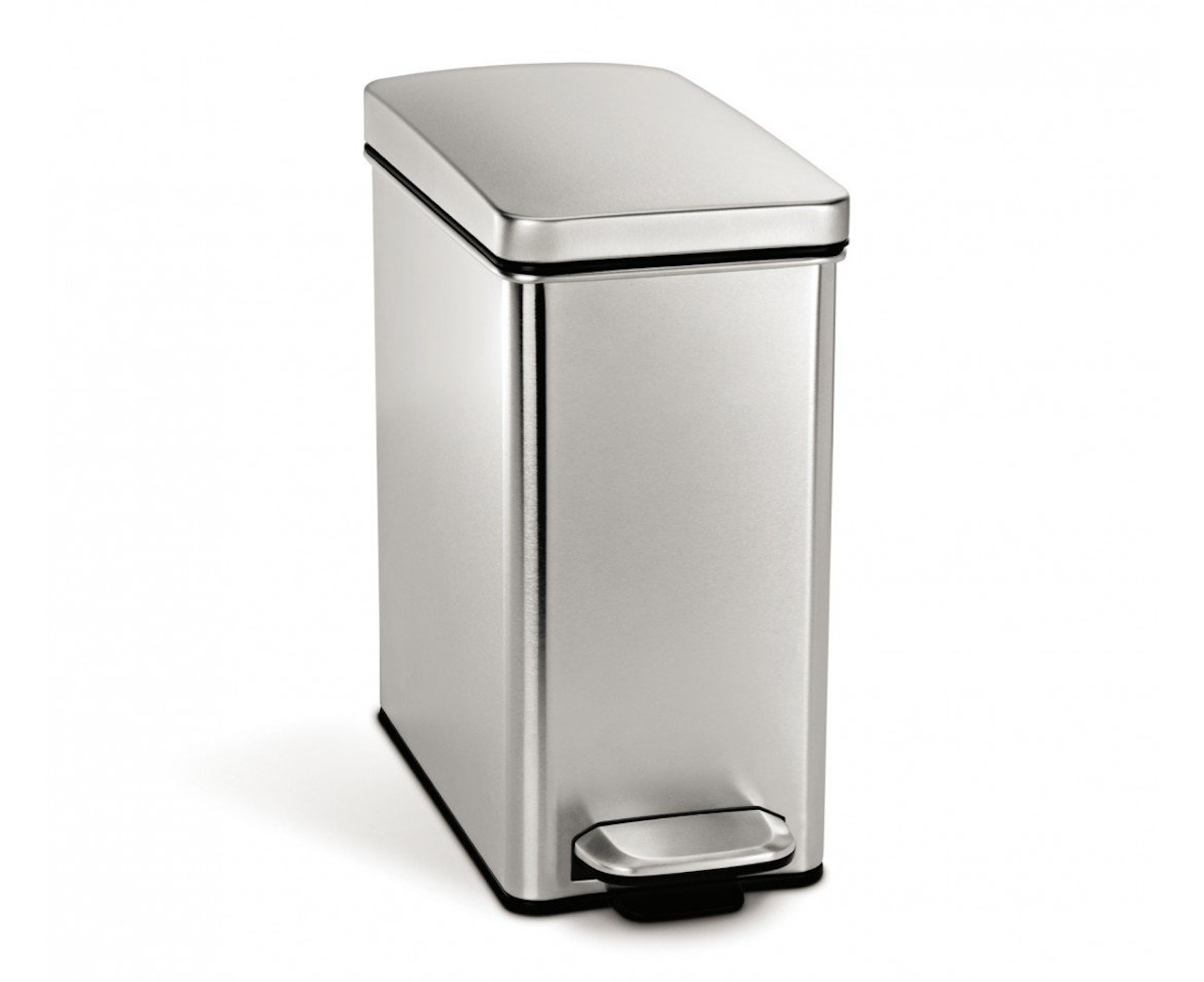

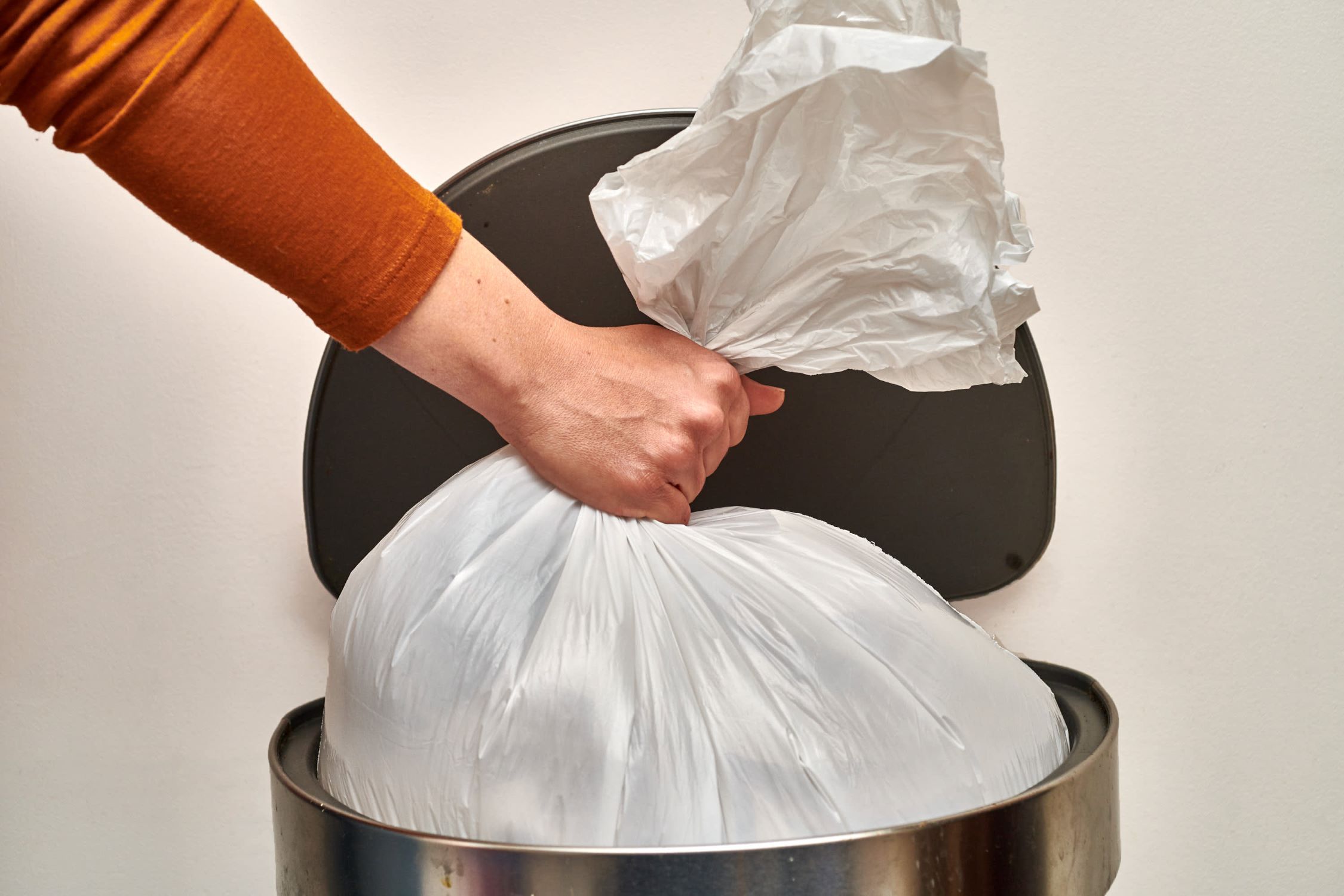
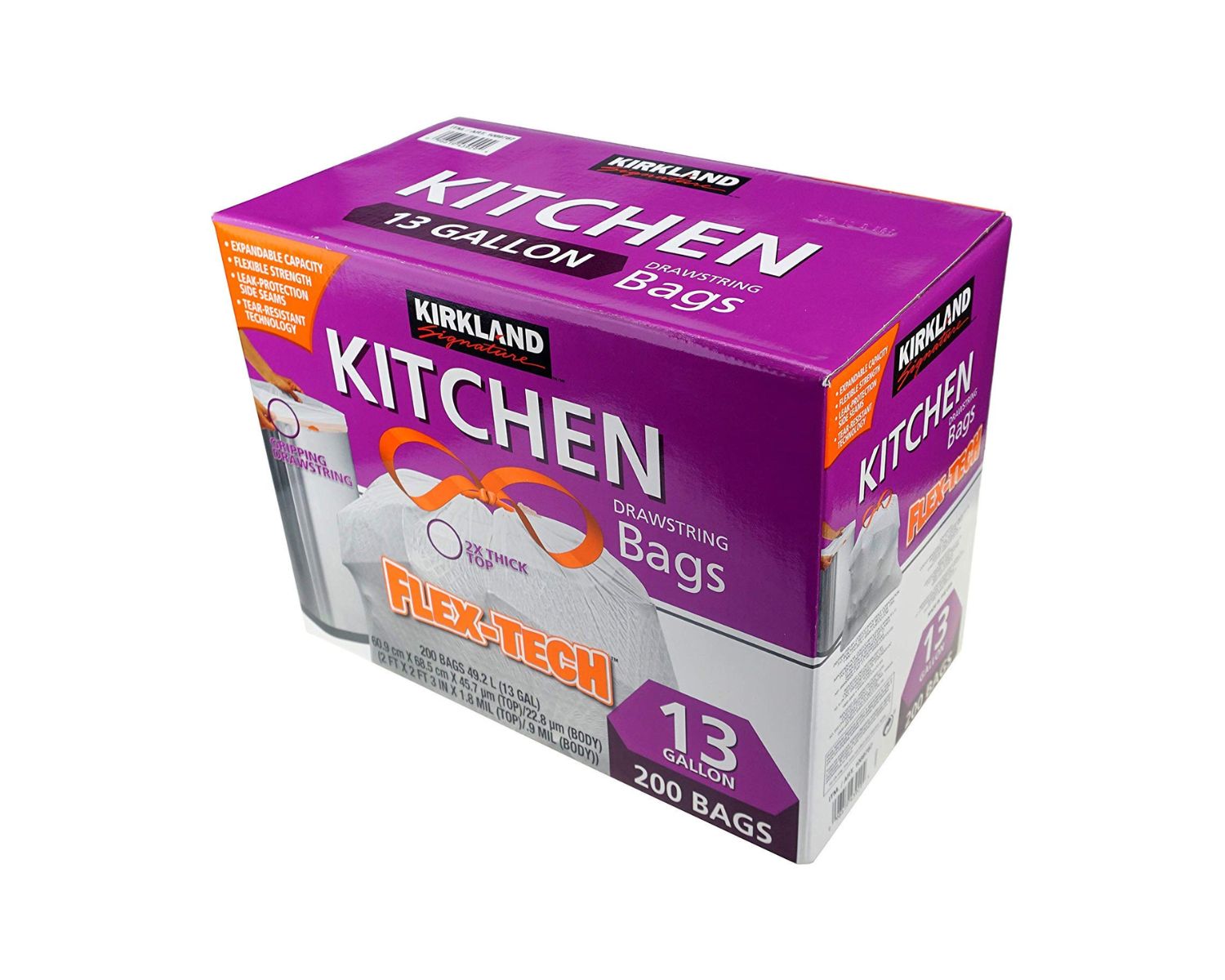



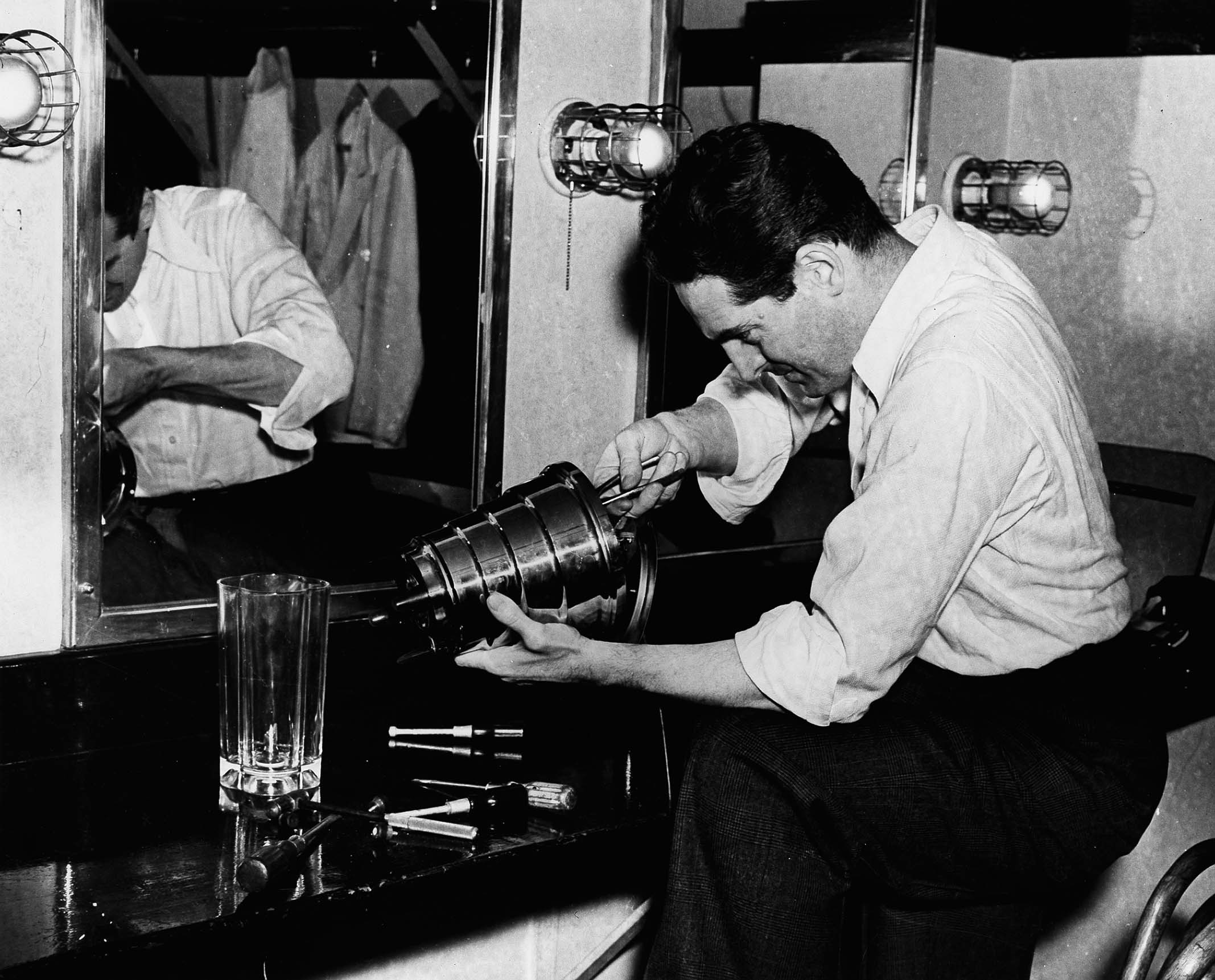



0 thoughts on “When Was Trash Bags Invented”